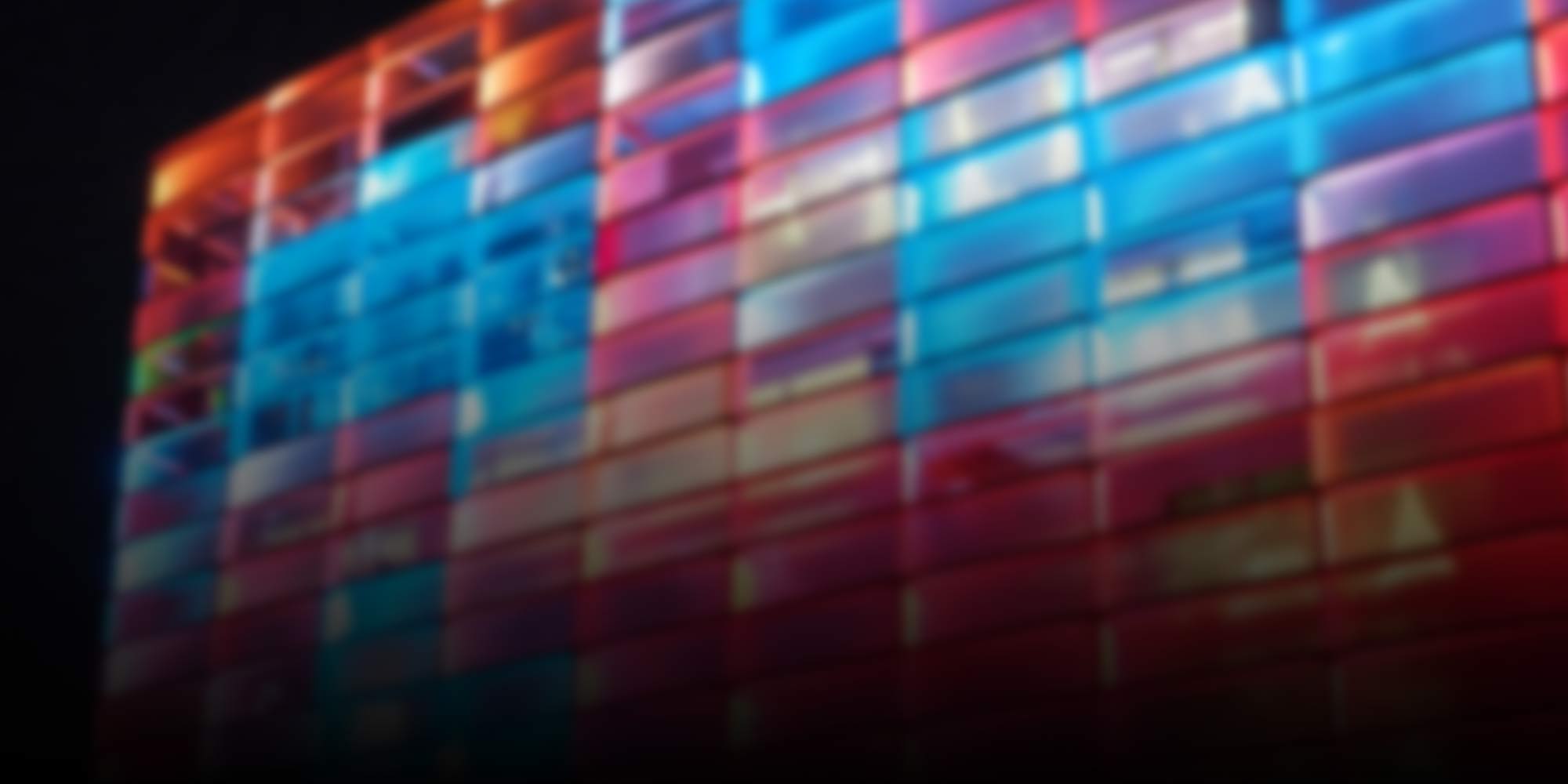
Science
-
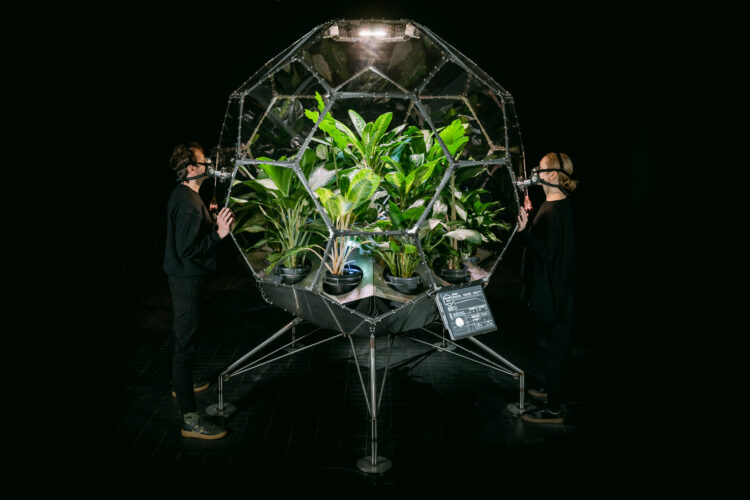
The interconnected world
The new exhibition at the Ars Electronica Center, “Connected Earth”, thematizes how the smallest creatures and powerful tides interact, what changes in biodiversity mean for man-made infrastructures, and what makes the Earth so habitable for millions of species, especially in their interaction.
-
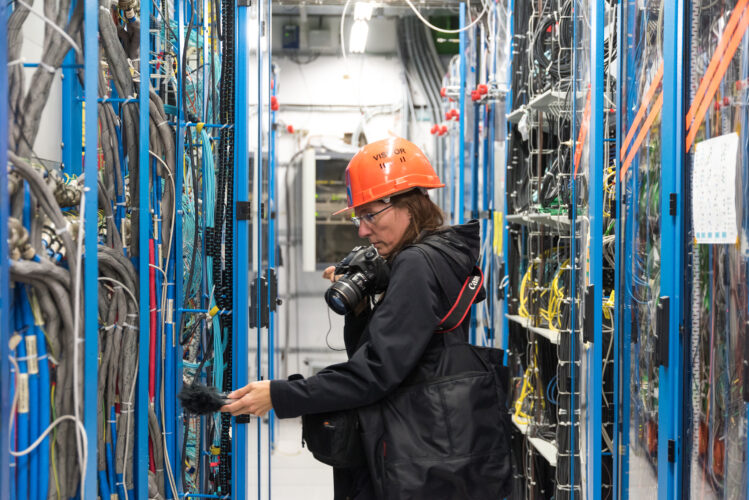
STARTS 2024 Exhibition: Art as a Catalyst in the Innovation Process
How can we foster a culture in which art, science, and technology thrive as interrelated and mutually enriching methods of exploration, knowledge, and discovery? For a more sensitive and determined approach to the pressing issues of our time. Let’s embark on a journey into a world of possibilities. A world of new solutions.
-
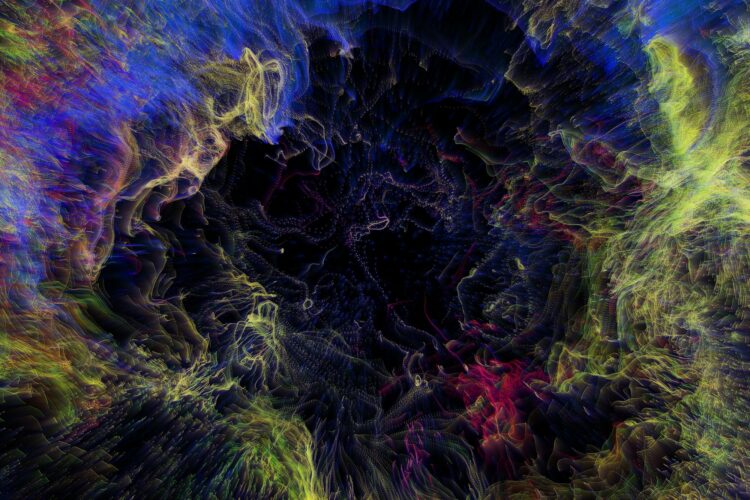
When Science and Art Come Together: The JKU Linz at the 2024 Ars Electronica Festival
Science and art are joining forces to find innovative solutions to current crises. Eight joint projects by JKU scientists and artists will be presented at the Ars Electronica Festival in Linz.
-
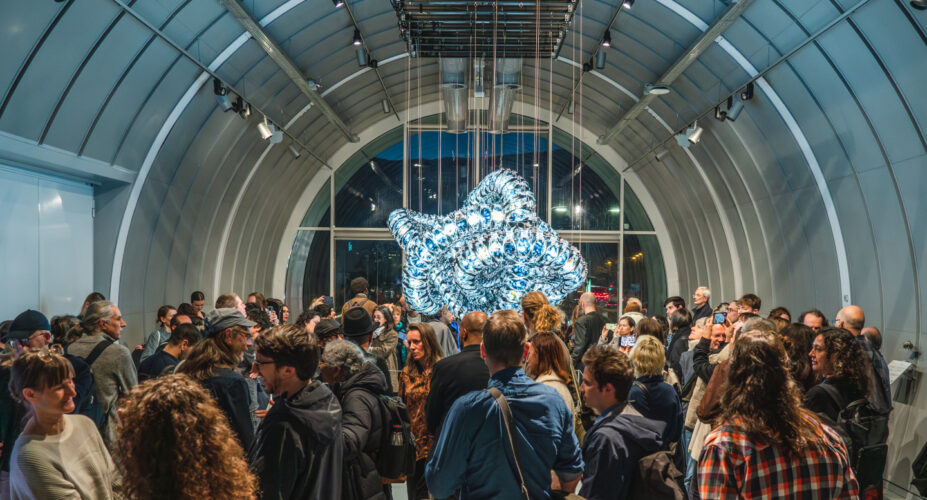
Artistic Explorations in Science
Arts at CERN, the arts programme of CERN in Geneva, has invited artists since 2012 to explore fundamental scientific questions alongside physicists.
-

Fostering Plant Diversity Through Community Participation
The INCREASE project helps protect plant genetic resources by involving citizens in growing and tracking different types of beans, which boosts biodiversity and supports sustainable farming.
-
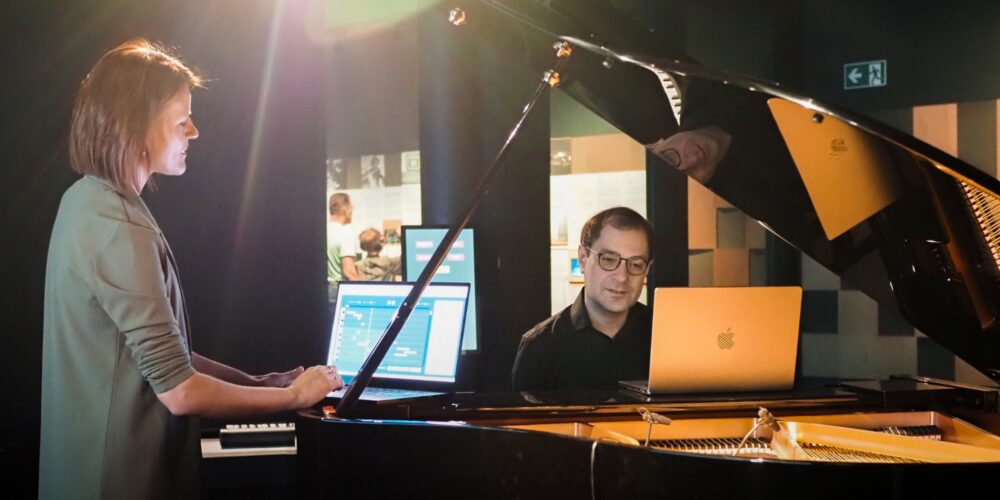
“Waltz Symphony”: Of humans and machines
Artificial intelligence and classical music merge seamlessly in the Waltz Symphony project. Composition students develop innovative orchestral pieces in dialogue with the AI application Ricercar.
-
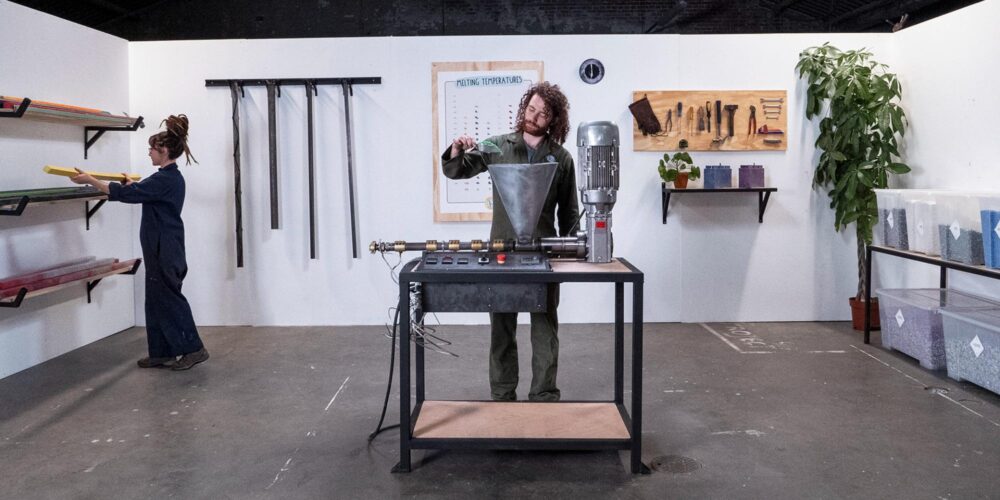
Beacons of hope in a changing world
Under the title HOPE, the Ars Electronica Festival 2024 will focus on the people who give us cause for optimism.
-
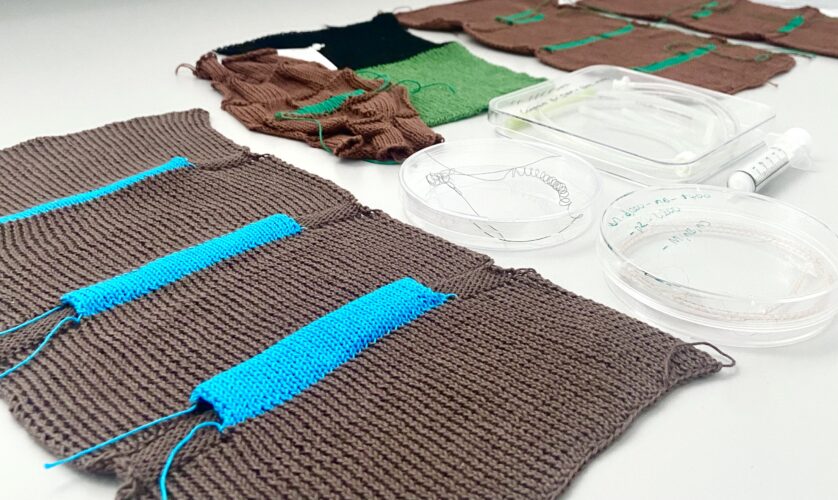
Rethinking clothing with knitting, origami, and Magic Girls
Material research meets design: Lingxiao Luo shows how programmable, sustainable clothing interacts with its wearers.
-
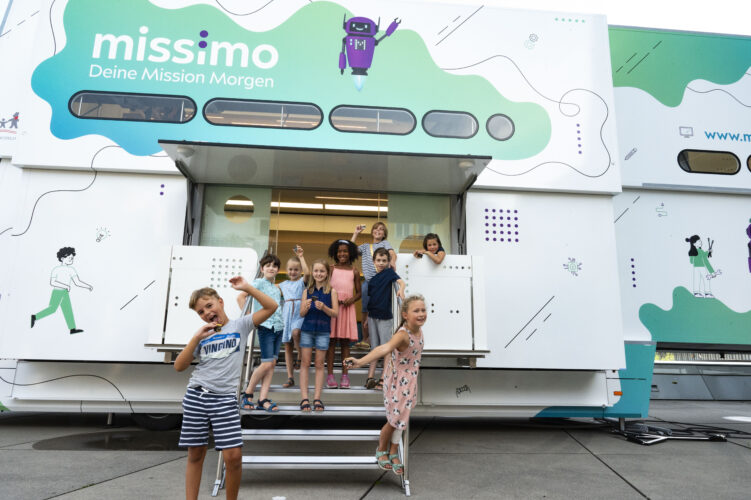
Creative and playful learning for the future
AI, robotics, programming, and more: “missimo” brings basic digital education to rural elementary schools throughout Austria.
-
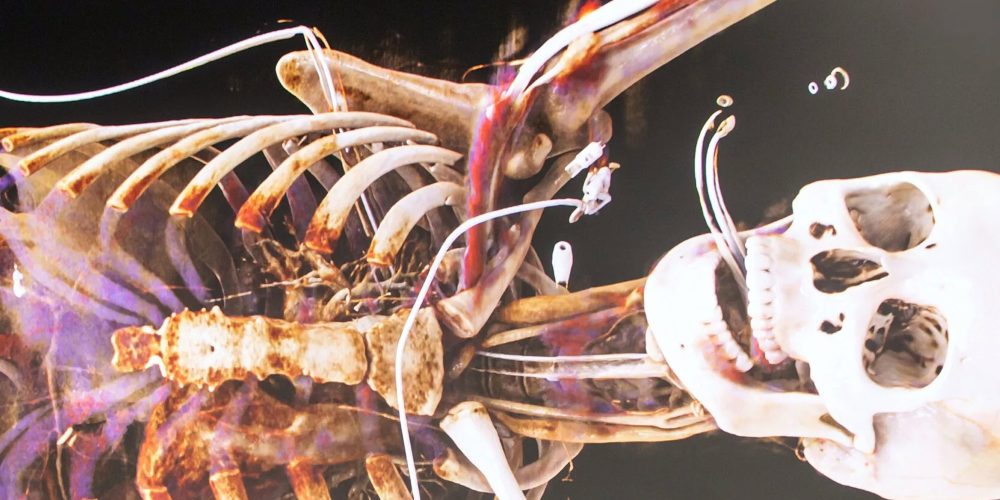
Jury honors anatomy education of the future
Following international success: Upper Austrian Prize for Innovation goes to “Cinematic Virtual Anatomy” by Ars Electronica Futurelab, JKU and Siemens Healthineers.
-
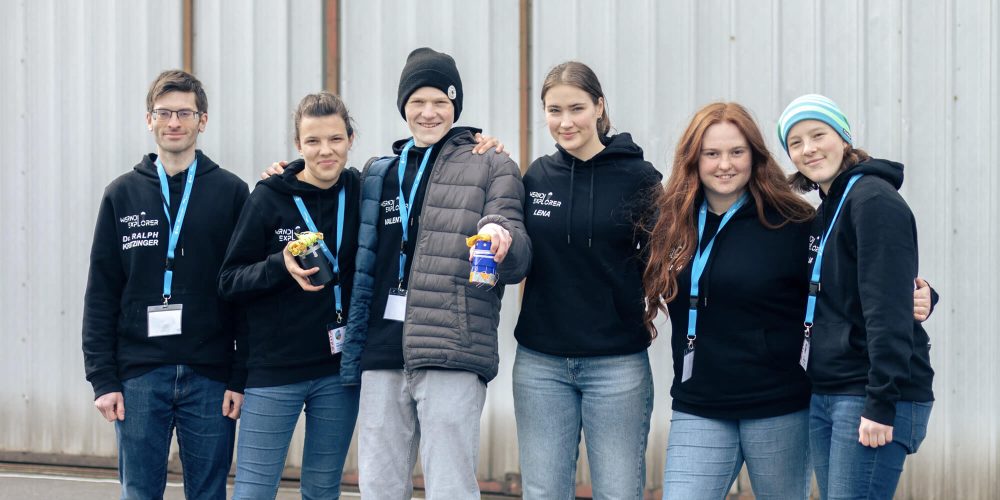
Call for CanSats
Apply by Nov. 6, 2023, for ESA’s CanSat can satellite competition and get started on a fascinating space project this school year
-
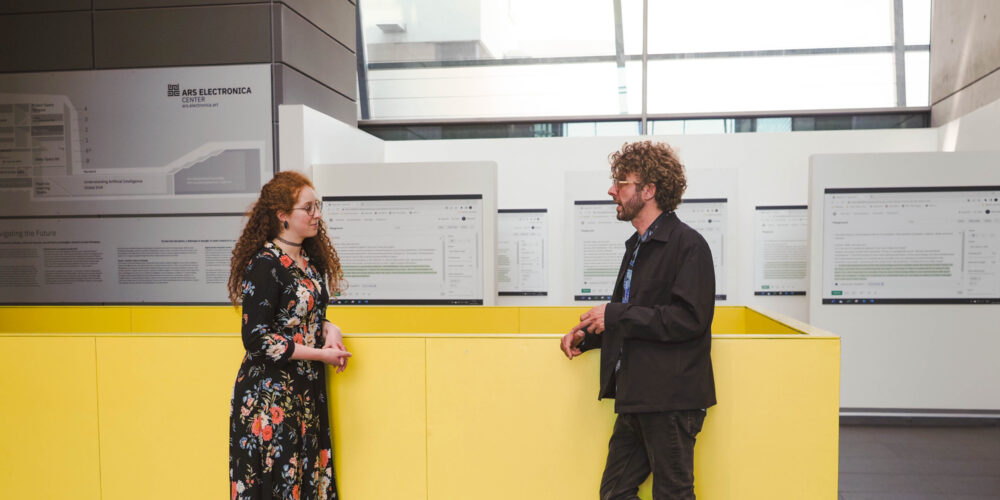
#Let’s Swab – Science for Citizens and Citizens for Science
In Isala scientists and citizens join forces to study the vaginal microbiome and create a database that challenges the social and medical bias surrounding the female body and intimate self-care.
-
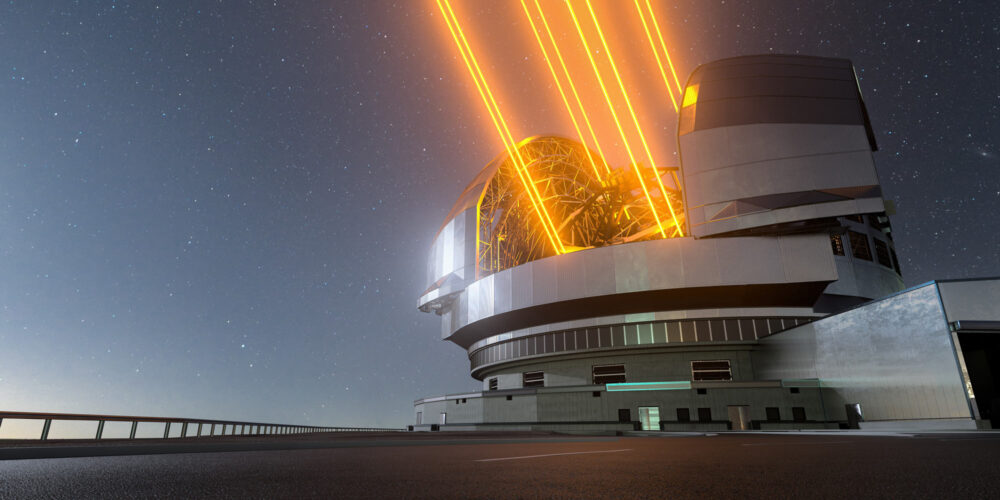
School, space or how to awaken curiosity about science
“School and Space 2023” symposium: The fascination for the infinite depth of space inspires young and old for science and technology.
-
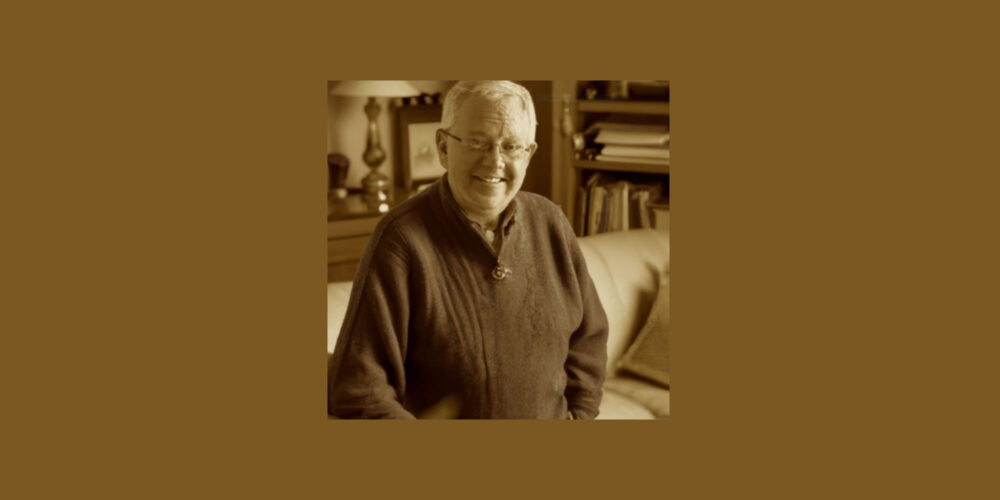
Via algorithm into a virtual parallel reality
With “Horst Schlager,” the Ars Electronica Center infiltrates a media art figure into Facebook’s extremist underground in order to understand and communicate political grievances.
-
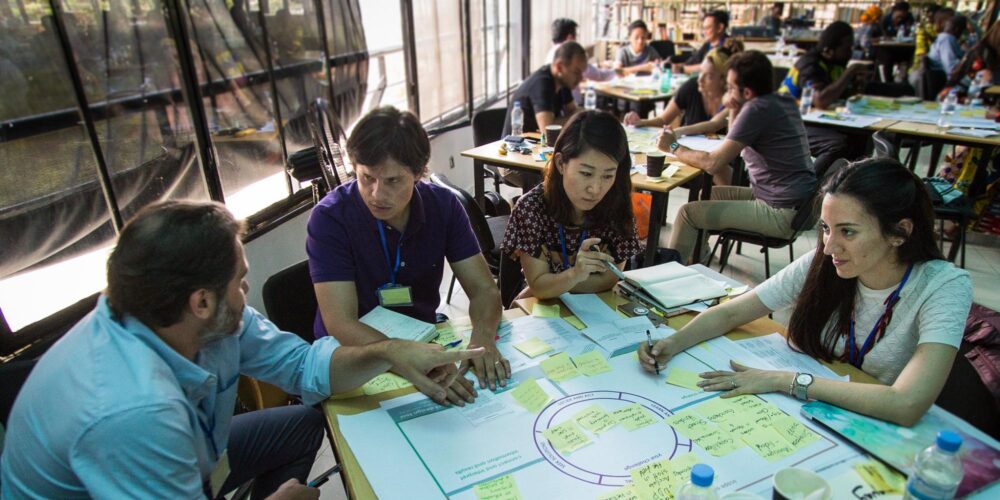
Knowing more together
The European Union Prize for Citizen Science recognizes the achievements of Citizen Science initiatives in Europe, but what exactly is being sought and why is Citizen Science so important? Find out more here!
-
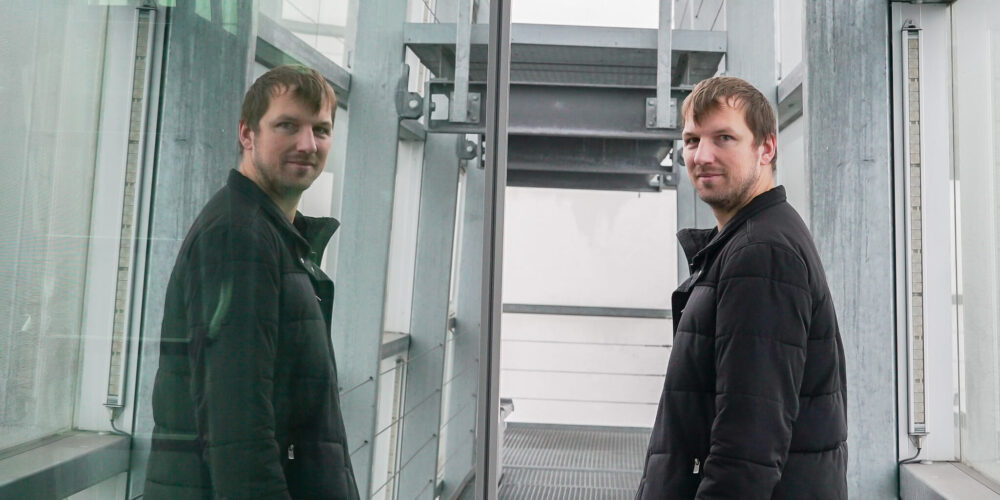
The energy changer
Citizen Science has many faces, Elias Silber is one of them: His commitment optimized the energy balance of Ars Electronica within a minimum of time.
-
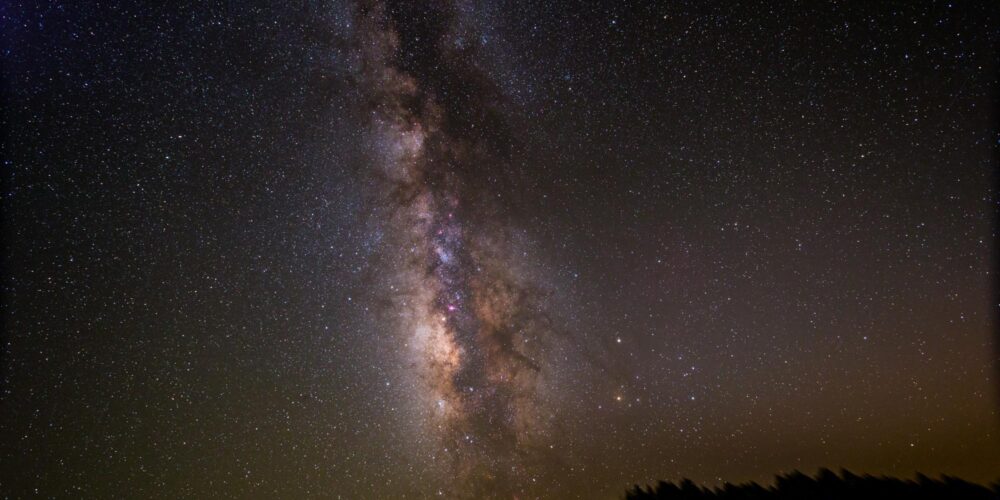
A glimpse into the past
The new exhibition about the Kepler Observatory at the Ars Electronica Center shows that amateur astronomers can still contribute to scientific achievements today.
-
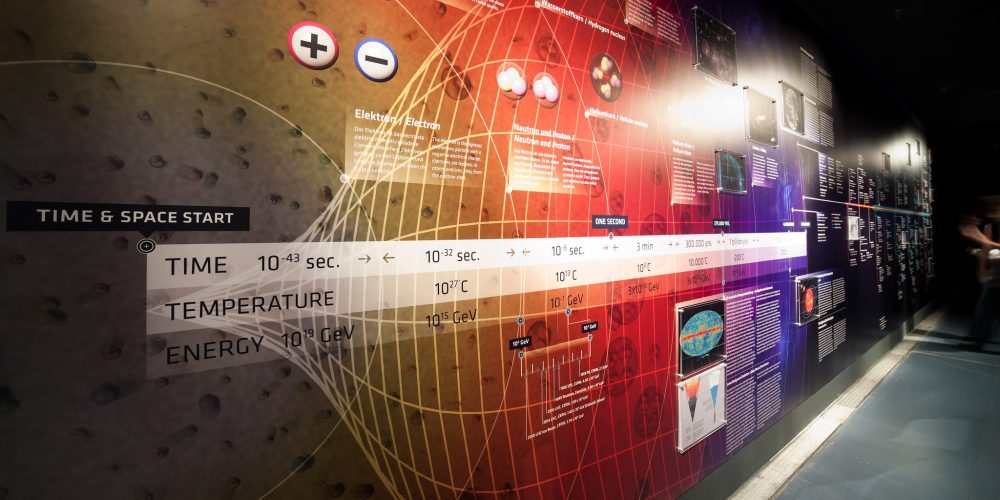
Throwback: ORIGIN – Investigating the Big Bang
The exhibition took a closer look at the European particle physics laboratory CERN, covering its history, daily activities and the ambitious goals of the global research project.
-
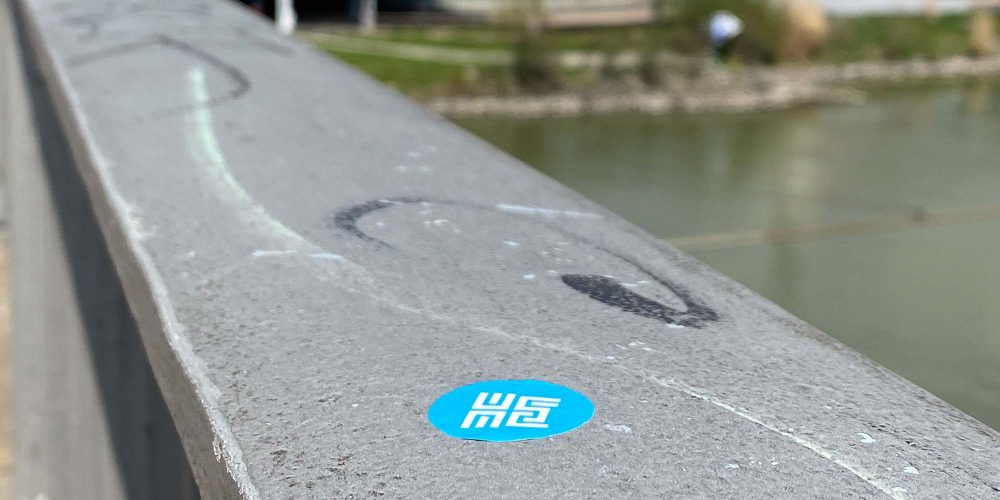
Center Story: April 2022
With our new “Center Stories” format, we’re telling you what’s going on behind the scenes at the Ars Electronica Center. In the first story, we want to introduce you to our plant offspring and recall a past exhibition.
-
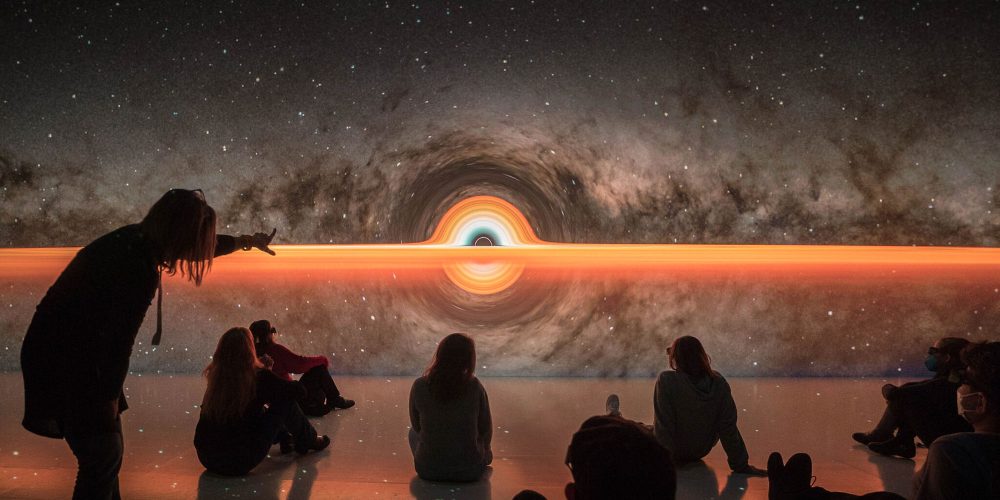
Deep Space EVOLUTION: Uniview 3.0
Explore the space with the new version of “Uniview”, the amazing virtual planetarium program of Ars Electronica Center’s Deep Space 8K.
-
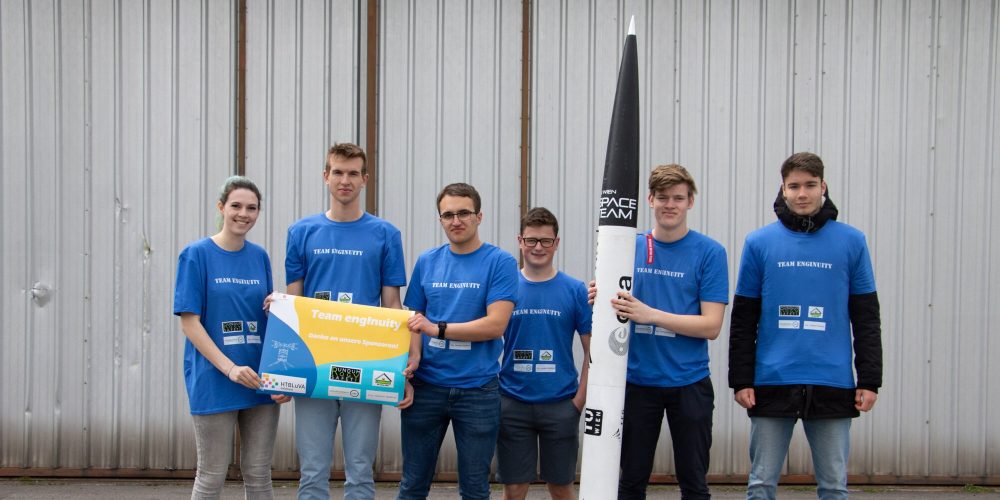
And the CanSat 2022 winner is…
On Thursday, 21.4.2022, the airport of Suben in the district of Schärding was transformed into a mission control center for a number of space-loving young people.
-
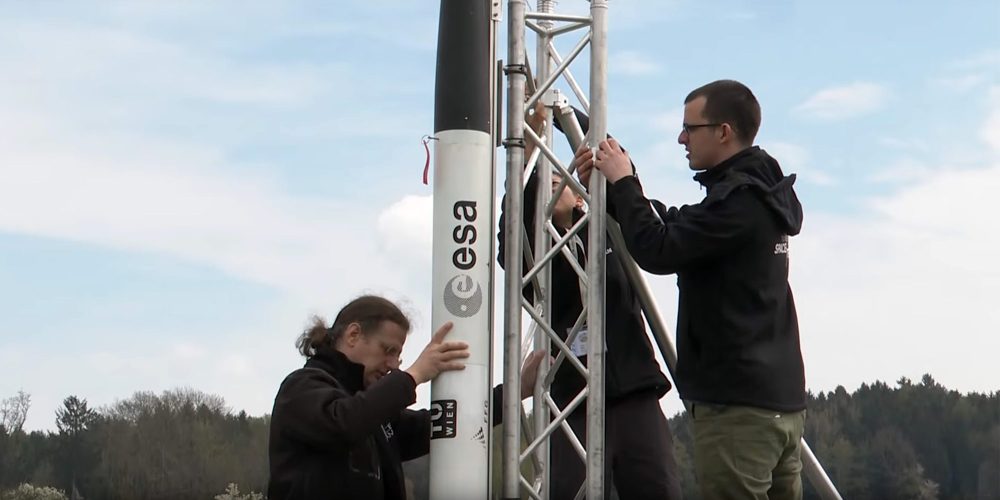
CanSat 2022: Once in the Sky and back
Launching their own mini-satellite 500 metres towards space with a rocket and collecting scientific data – this was the fifth time that students in the CanSat competition had the opportunity to do so.
-
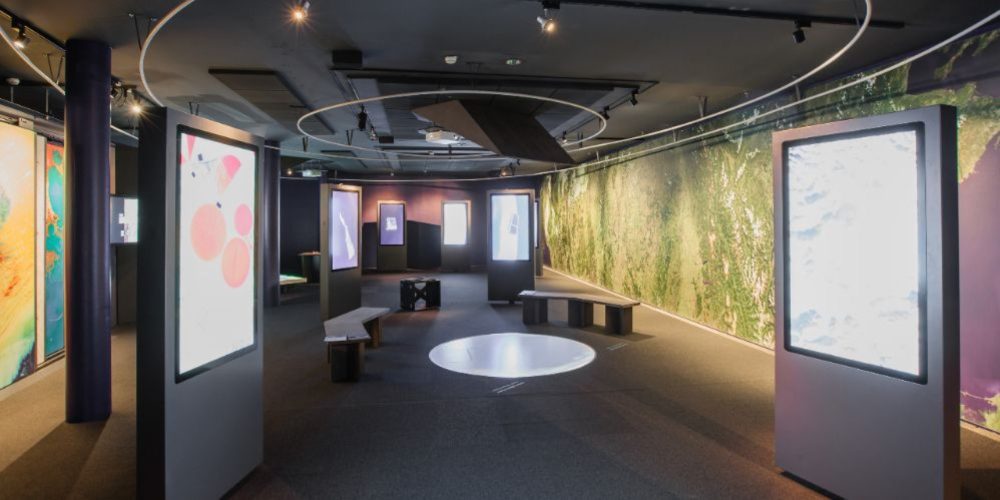
Throwback: Spaceship Earth
The exhibition “Spaceship Earth” dealt with the question of what we can learn about our planet by observing it.
-
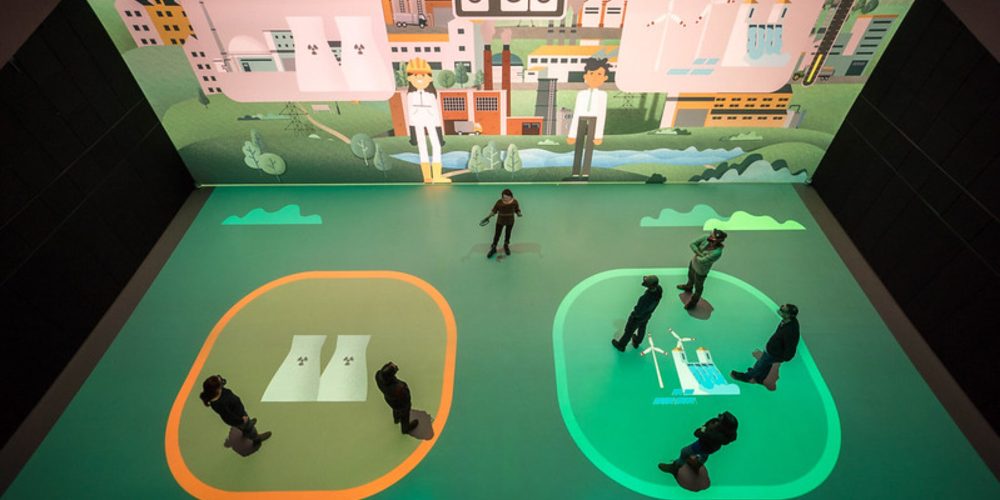
That’s what the new Deep Space EVOLUTION program looks like
New laser projectors, the most powerful graphics cards, a 3D tracking system and a whole range of new interactive programs and spectacular applications. This is Deep Space EVOLUTION.
-
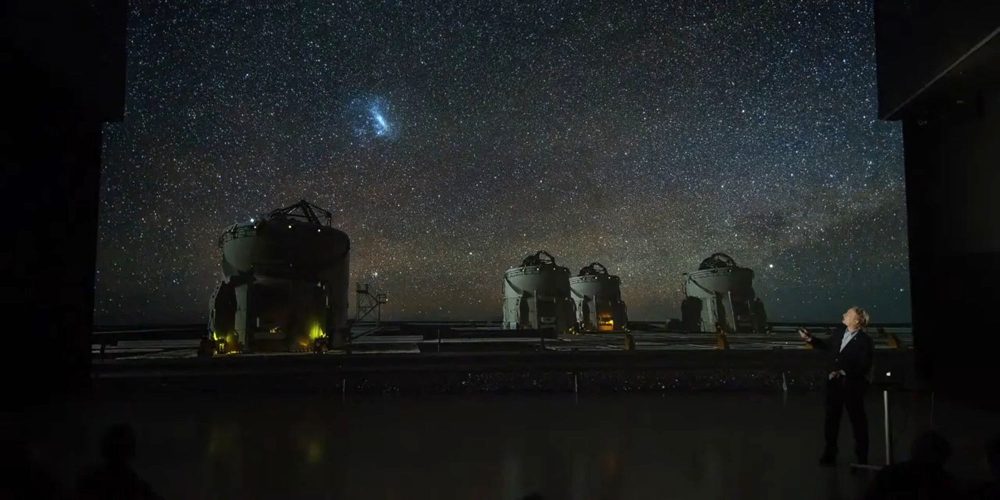
On the Olympus of Modern Astronomy
Astronomer Peter Habison provides insight into the European Southern Observatory (ESO) in Chile – the world’s most productive astronomical observatory. (German language)
-
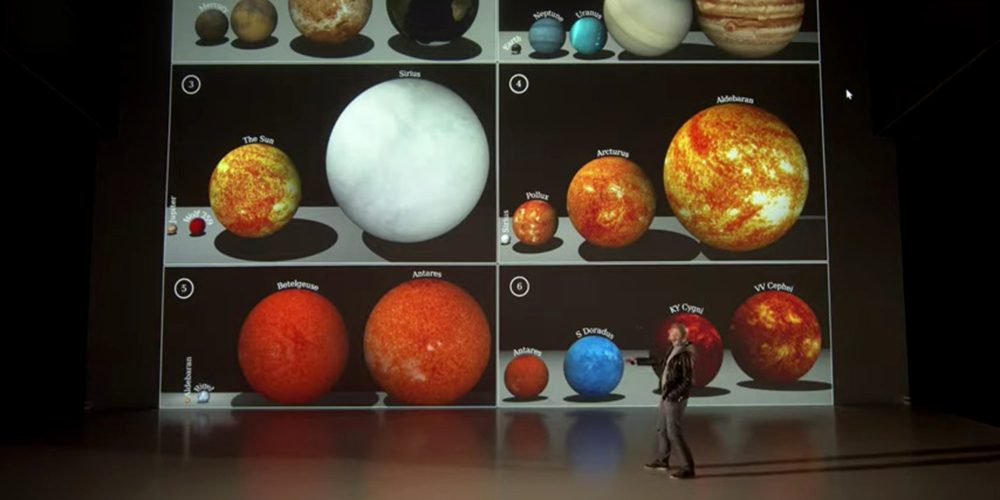
Size Comparisons in the Universe
When it comes to imagining sizes in the universe, we quickly reach our limits. But that should not stop us from not trying.
-
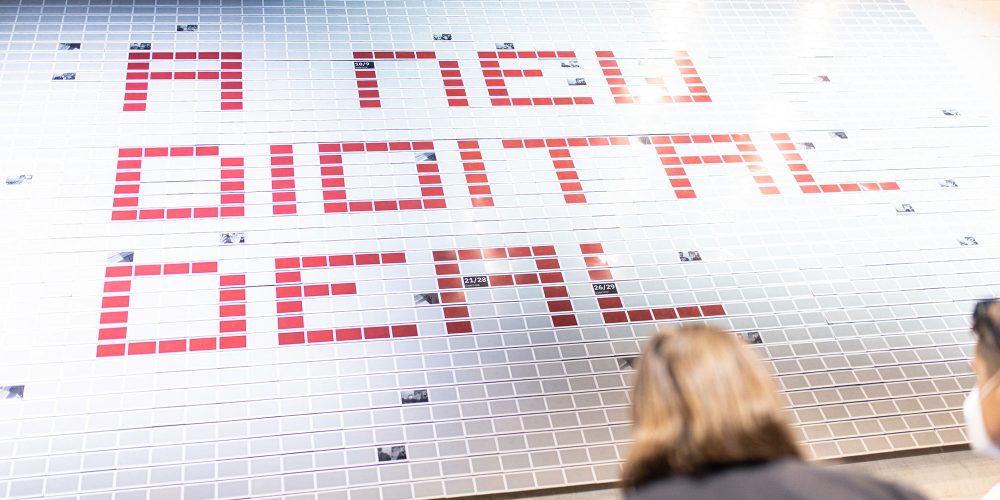
Sneak peek into the future
In this video tour of the “Alchemists of the Future” exhibition, Hideaki Ogawa takes you on an extraordinary journey into the future.
-
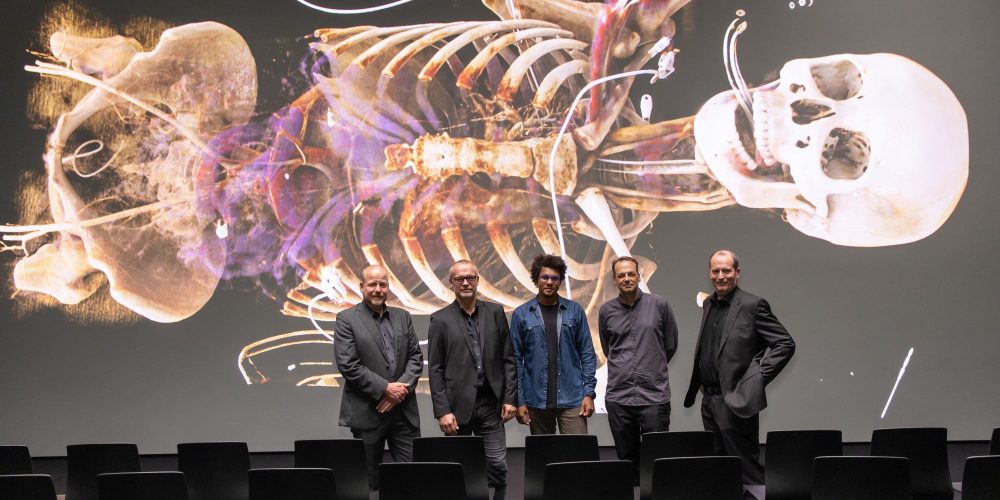
The Future of Medical Studies, Today
What the medical studies of the future look like? Find out with “Virtual Anatomy” at the new JKU medSPACE, developed by the Ars Electronica Futurelab: high-resolution anatomy in 3D, where you can zoom and rotate down to the smallest blood vessel.